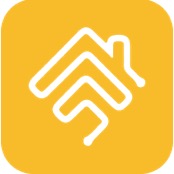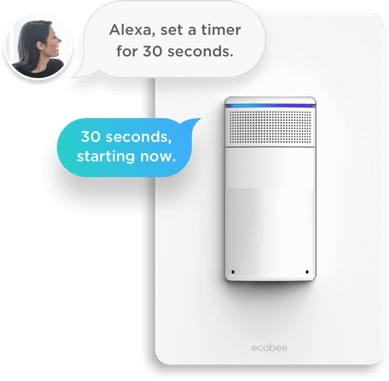2019
macOS Catalina Part 1: Preparing to Upgrade
26/10/19 15:16 Filed in: Technology
Comments
HOOBS Part 3: Adding Devices to HOOBS
22/09/19 15:07 Filed in: Technology

I also walk through the steps to get your HOOBS hub onto the Home App on your Apple devices and how to add any devices you have connected through HOOBS. I then show you how this particular device, the Harmony Hub works with HomeKit.
HOOBS really is a great devices for making Homebridge simple. To have an option to connect all your devices that are not HomKit compatible to HomeKit gives greater access to devices for your home automation needs.
HOOBS Part 2: Device & Software Updates
14/09/19 14:49 Filed in: Technology

For those of you who may be wondering what all of this is about, Homebridge is software you can run that includes plugins that will make devices that are not naturally HomeKit compatible visible to HomeKit so you can include them with your other devices and automation through the Home App. Homebridge has worked well for me running on a Mac Mini and I have done a series of screencasts demonstrating how that works. But running a Mac mini all the time as a Homebridge server doesn't make as much sense as running a low power device dedicated to Homebridge which is what makes HOOBS or even a roll your own Raspberry Pi a much better option.
In this screencast I demonstrate how to change out the SD Card on the device and walk through how to update the main software on the device when updates are available.
HOOBS Part 1: Installation & Set Up
06/09/19 14:28 Filed in: Technology

For those of you who may be wondering what all of this is about, Homebridge is software you can run that includes plugins that will make devices that are not naturally HomeKit compatible visible to HomeKit so you can include them with your other devices and automation through the Home App. Homebridge has worked well for me running on a Mac Mini and I have done a series of screencasts demonstrating how that works. But running a Mac mini all the time as a Homebridge server doesn't make as much sense as running a low power device dedicated to Homebridge which is what makes HOOBS or even a roll your own Raspberry Pi a much better option.
In this screencast I demonstrate the basic installation and set up of a HOOBS box. It was a very easy process and having the ability to manage it through a web browser on my local network is a great option. Check it out for yourself and if you are interested you can check out getting your own over at www.hoobs.org.
Smart Home Part 12: Harmony Bridge App
18/05/19 18:49 Filed in: Technology
One the application is running, you will see each Harmony Hub and all of your activities will show as switches instead of showing up as separate HomeKit devices. This then allows you to use your Harmony Hubs in your HomeKit automation and with Siri.
macOS Mojave Server Part 11: Profile Manager Preference Menu Items
10/05/19 17:03 Filed in: Technology
macOS Mojave Server Part 10: Profile Manager macOS Device Profiles
03/05/19 17:00 Filed in: Technology
macOS Mojave Server Part 9: Profile Manager iOS Device Profiles
26/04/19 16:59 Filed in: Technology
macOS Mojave Server Part 8: Profile Manager Users & Groups
19/04/19 16:57 Filed in: Technology
macOS Mojave Server Part 7: Profile Manager Overview
12/04/19 16:54 Filed in: Technology
In this screencast tutorial I do an overview of the Profile Manager Interface. I walk through each section and talk about it’s function and how it is used to manage your users and devices.
macOS Mojave Server Part 6: Profile Manager-Mac Device Enrollment
05/04/19 16:52 Filed in: Technology
In this screencast I cover how to enroll a macOS device into profile manager on macOS Mojave Server. I cover how to install the trust profile and the remote management profiles that add your Mac devices to profile manager so you can begin managing your Macs through the MDM interface.
macOS Mojave Server Part 5: Profile Manager-iOS Enrollment
30/03/19 16:49 Filed in: Technology
In this screencast tutorial I cover how to enroll your iOS devices into Profile Manager so you can begin to manage them through the MDM service. I cover how to install the trust profile and the remote management profiles to add your iOS devices to Profile Manager.
Smart Home Part 11: Fuse-Home & Music Control App
16/03/19 16:47 Filed in: Technology

Smart Home Part 10: Ecobee Switch+ Install & Set Up
16/02/19 16:45 Filed in: Technology

In this screencast I cover the installation of the switch and walk through the steps to setting it up an managing it on the Ecobee App.
macOS Mojave Server Part 4: Remote Access Set Up
09/02/19 16:42 Filed in: Technology
In this screencast tutorial I cover how to set up your server for remote access. I walkthrough changing the hostname and setting up your DNS at your domain provider to point to your server so you can access the Profile Manager service remotely.

